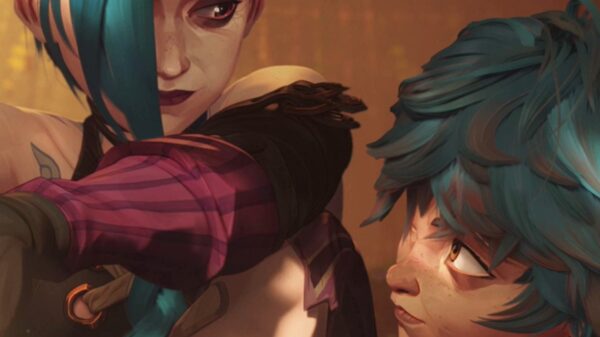Though Netflix’s anime slate has significantly grown over the past few years, the recent Ronin-centered miniseries Blue Eye Samurai shows that the streamer still finds inspiring tales in its productions. Coming partially from a unique source with the animation studio Blue Spirit, this show is one of the most complete anime series Netflix has ever released, featuring eight episodes of samurai action that draws direct inspiration from the iconic Japanese genre. Combined with a moving racial component, Blue Eye Samurai is a treat for all types of animation lovers.
‘Blue Eye Samurai’ Synopsis
Blue Eye Samurai throws the viewer right into the action-packed, vengeance-fueled life of Mizu, a wandering samurai whose quest deeply stems from her constant struggle with racial prejudice. Born from a Japanese mother and white father in the time of the isolationist Edo period, Mizu’s appearance and upbringing isolate her from any chance at a typical life, leaving her with a single-minded destiny to find and kill the Europeans who remained in Japan since her birth.
‘Blue Eye Samurai’s Unique Placement in Netflix Animation
Though avid anime followers might disagree, Blue Eye Samurai‘s distinctions from standard anime traditions set it apart and elevate it as a series. Though shrouded by its recognizably Japanese origins, Blue Eye Samurai is not technically anime by foreign definitions, with the show not based on an existing manga series or animated in the same style as the core look of the genre. For viewers in the United States, Blue Eye Samurai wholly lies in the category of samurai action, which cyclically incorporates a Western film sensibility, drawing equally from the Ronin tales as from the “lone gunman” trope in American films.
Anyone who might recognize Blue Spirit Animation may know it from the film My Life as a Zucchini, the animated Cannes favorite co-written by filmmaker Céline Sciamma. This French company has not had much crossover with the animation traditions of other countries, making Blue Eye Samurai a further outsider in its beautiful, detail-oriented 3D look. Just be warned: this is an adult-only affair, with as much or more graphic violence, language, nudity, and intense subjects as any other TV-MA show.

Still from ‘Blue Eye Samurai’
A Swing and Hit for Adult Animation
Bold, iconic, well-animated, and well-written, Blue Eye Samurai uses its stellar voice cast to deliver adult animation that effectively threads its distressing subject matter. The miniseries evokes Kill Bill as instantly as Akira Kurosawa’s Seven Samurai and Yojimbo, with appreciation for traditional Japanese stories delivered for modern American audiences. The content, though alarming, is universal in its thrilling gunslinger-style action and character-based drama, fleshing out Mizu through her present unraveling and her past raising and training.
Despite its seemingly narrow audience focus, Blue Eye Samurai is worthy of appreciation from anyone well-versed in artfully designed 3D animation; period action film lovers who can tolerate the animation should also get their money’s worth from it. Even if inexperienced viewers might not convert due to the genre’s exclusive tropes, those willing to be moved by Mizu’s story will surely meet the series on its terms by the end.
Blue Eye Samurai is streaming now on Netflix.











